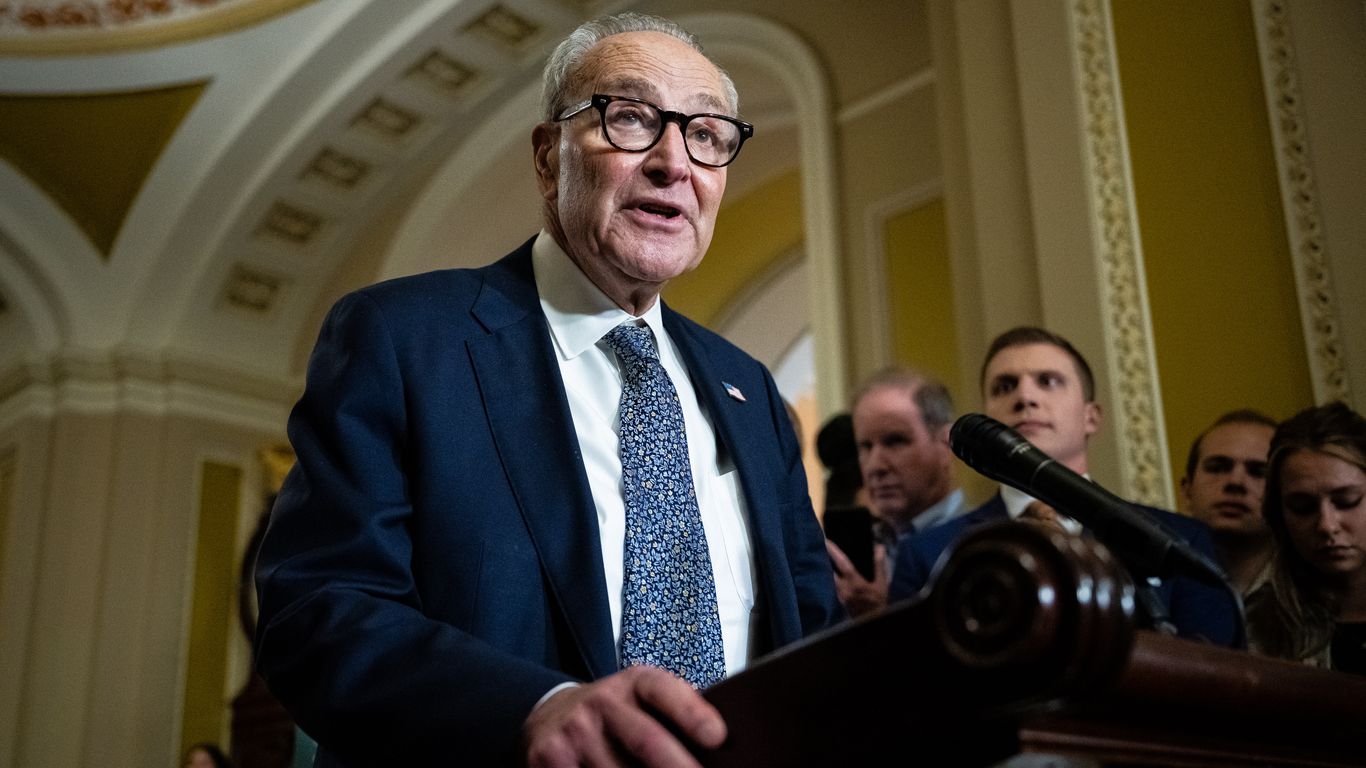National Parks Stay Open, But Services Face Deep Cuts

National Parks Stay Open, But Services Face Deep Cuts
Despite the federal government shutdown, most national parks will remain open with minimal staff, as the Trump administration plans to use park fees to fund a skeleton crew of essential employees[1][4]. Roads, trails, and open-air sites will generally stay accessible, but visitor centers, restrooms, and guided tours will be closed or severely limited, leaving many parkgoers without basic amenities or support[1][2]. The move has drawn criticism from conservation groups and former park superintendents, who warn that understaffed parks risk serious harm from vandalism, trash buildup, and environmental degradation, as seen during previous shutdowns[4][5].
Risks and Revenue Losses Mount for Parks and Communities
With more than half the National Park Service workforce furloughed, emergency and maintenance services will be scaled back, and only critical safety operations will continue[1][2]. Parks that collect fees may offer basic sanitation and law enforcement, but those without fee revenue face deeper service cuts[3]. Meanwhile, gateway communities stand to lose millions in tourism dollars each day the shutdown persists[5]. Critics argue that keeping parks open without adequate staffing endangers both visitors and natural resources, repeating mistakes of past shutdowns that left lasting scars on America’s most treasured landscapes[4][5].
About the Organizations Mentioned
National Park Service
The **National Park Service (NPS)** is a U.S. federal agency established in 1916 under the Department of the Interior, tasked with managing and preserving over 85 million acres across 433 units, including national parks, monuments, historic sites, and recreational areas in all 50 states and territories[4][5]. Its core mission is to **conserve unimpaired the natural and cultural resources and values** of these lands for the enjoyment, education, and inspiration of current and future generations[2][4]. The NPS oversees a diverse portfolio, including iconic natural landscapes such as Yellowstone and the Grand Canyon, historic trails like the Appalachian Trail and the Trail of Tears, and numerous cultural heritage sites. It balances preservation with public access and education, providing visitor services and engaging over 279,000 volunteers as of recent years[4][3]. Key achievements include the establishment and protection of the National Trails System in 1968, which safeguards significant scenic and historic trails across the country[4]. The agency also plays a critical role in law enforcement, emergency response, firefighting, and border security within park boundaries, ensuring visitor safety and resource protection[3]. The National Park Service is supported by the **National Park Foundation**, its official nonprofit partner, which raises private funds and builds partnerships to enhance park conservation efforts and public programs, such as youth outdoor initiatives[1]. Together, these organizations focus on preserving landscapes, cultural sites, and wilderness areas while expanding public engagement through innovative programs and digital outreach[1][8]. In the context of business and technology, the NPS represents a significant federal enterprise managing vast natural and cultural capital with a budget of several billion dollars annually. It increasingly integrates technology for resource monitoring, visitor experience enhancement, and remote education, making it an evolving model of federal stewardship blending conservation with modern management[5][8].









